The political road to EuroGOOS
The road to GOOS and EuroGOOS was a long and tortuous one involving many gradual iterations of the international law of the sea and European projects. In essence, before there could be any overtures made towards international collaboration on marine data collection, a working framework of marine boundaries, operations, and data sharing had to be implemented.
Treaties such as the Convention on the Continental Shelf in 1958 made tentative steps towards producing working boundaries on a country’s jurisdictional rights in relation to the waters surrounding it. Further work in this direction was accomplished by the 1968 United Nations Ad Hoc Committee on the Peaceful Uses of the Seabed Beyond the Limits of National Jurisdiction which recognised that there would necessarily be areas of the seabed, and, consequently, the ocean, which do not fall into the authority of any one country. Dr. Nicholas Flemming, the first director of EuroGOOS, was part of the Economic and Technical Working Group for this committee, and noted that as discussions intensified around international maritime law, the makeup of the committees became more political and legalistic.
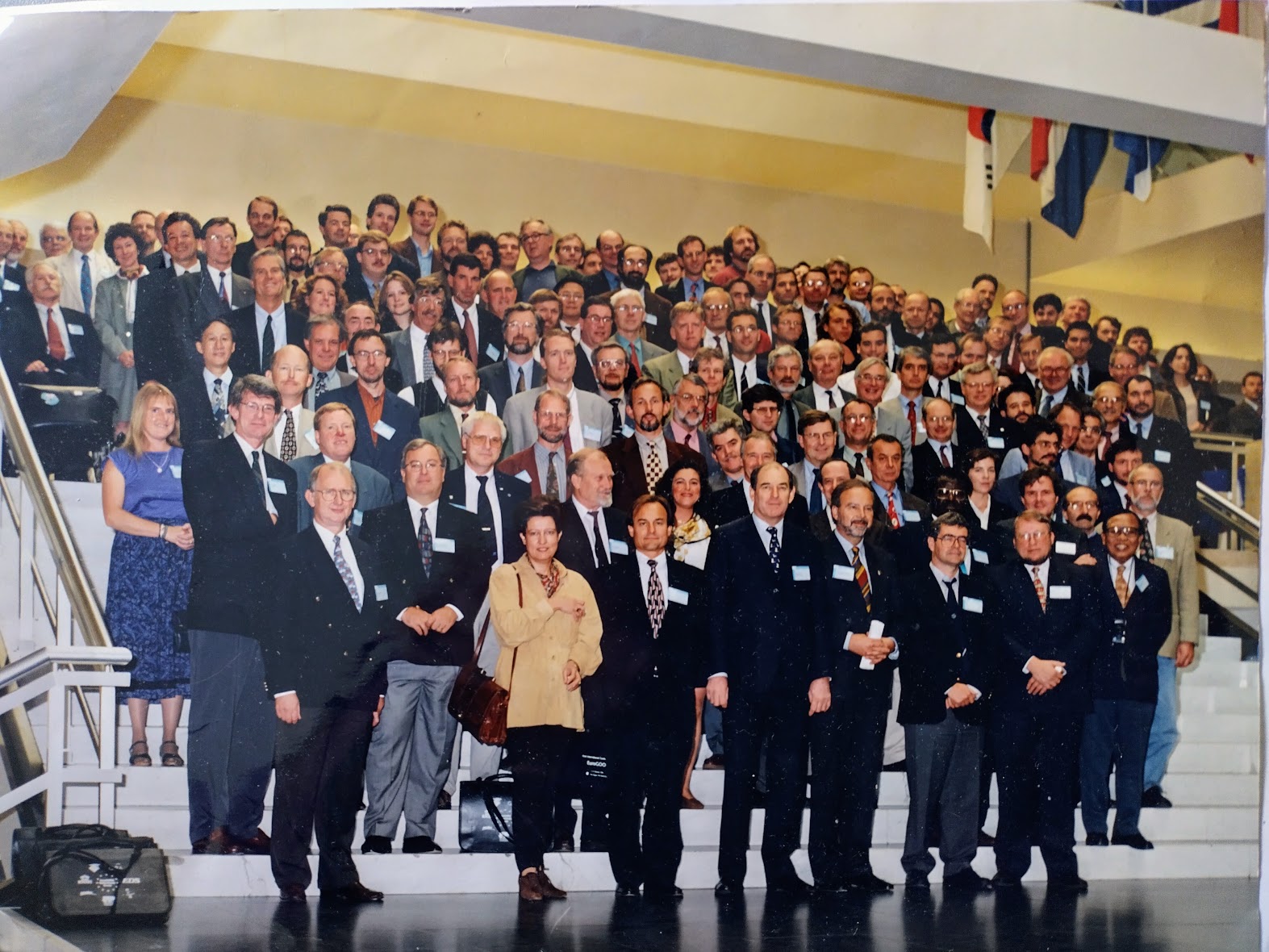
The history of people
The scientific road to EuroGOOS
Prior to GOOS, the scientific landscape of oceanography was somewhat divided.
The process of creating GOOS and EuroGOOS was essentially one of rationalising and coordinating existing scientific projects and technologies into a common framework which utilised these resources with greater economy. “Towards Operational Oceanography: The Global Ocean Observing System (GOOS),” expressed it thus:
“In parts the necessary observational systems do exist; but they are either for national purposes unconnected with the global issue or are in support of a succession of short-term research projects with limited objectives and geographical extent.”
In 1986 the European Commission commenced EUROMAR, a fifteen year funding programme intended to boost the growth of marine industrial capabilities, and in 1989 began funding a Marine Science and Technology (MAST) programme intended to support the technological development required for deeper examination and understanding of marine systems. Both of these were key factors in producing a scientific and technical substrate on which EuroGOOS could begin operating.
In the years preceding EuroGOOS and the nascence of operational oceanography in its present form, organisations and agreements such as the Helsinki Commission (HELCOM), the International Council for the Exploration of the Sea (ICES), the United Nations Environment Programme Mediterranean Action Plan (UNEP-MAP), and the Oslo and Paris Commission (OSPARCOM) were formed around the services (archival data, data exchange, etc.) that EuroGOOS would work extensively to provide. These compacts, agreements, and associations provided an invaluable stepping stone and learning process on the way to realising the vision for EuroGOOS.
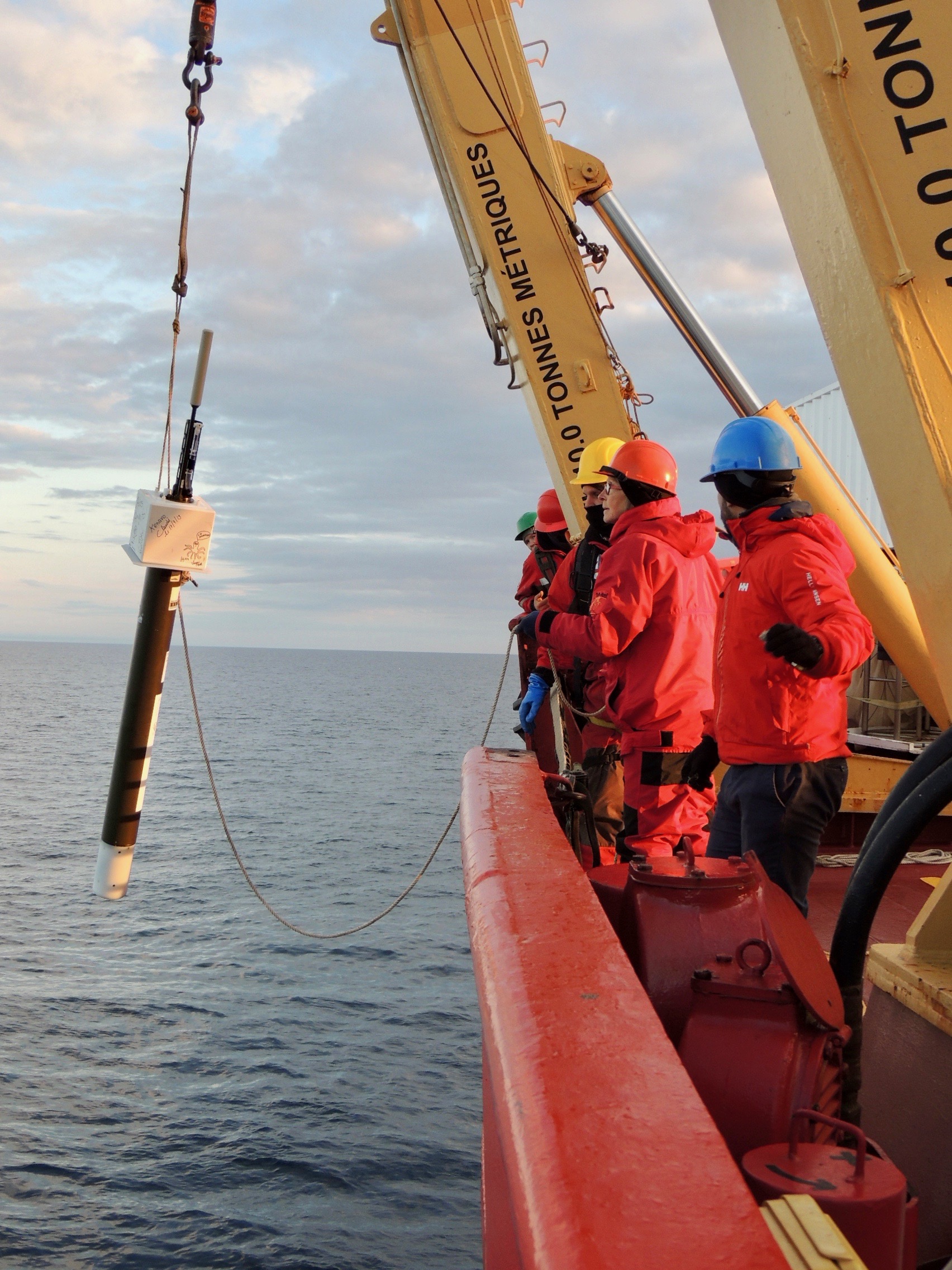
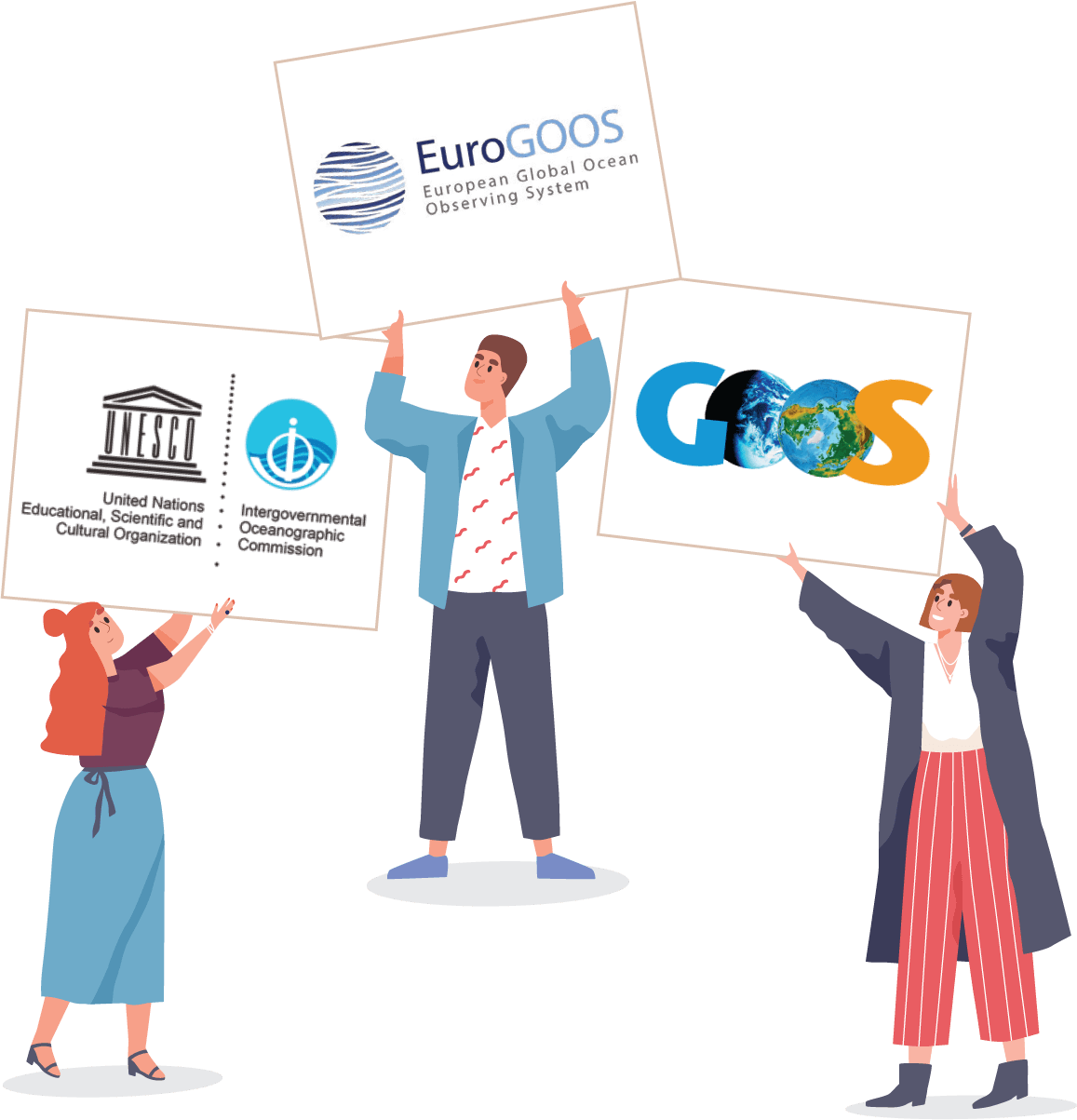
How did GOOS and EuroGOOS develop?
GOOS was first proposed by the Intergovernmental Oceanographic Commission in 1989. Explorations into the possibilities for such a framework had begun in the previous year. Discussions had also been held in the IOC around the potential for operational oceanography throughout the 80s. Urged on by the second World Climate Conference (1990) the IOC decided to form GOOS in 1991, with the public call for its establishment coming with the United Nations Conference on Environment and Development (UNCED) (1992).
Following shortly after the establishment of GOOS, EuroGOOS was established in 1994 as the European GRA. The first EuroGOOS Council of Officers meeting was held in December 1994 in Rome, with the officers electing Professor John Woods as the inaugural chair of the organisation.
The five Regional Operational Oceanographic Systems (ROOS)
When EuroGOOS was formed it established four regional Task Teams. These task teams were formed to work on “test cases” or pilot projects, examining and working through the problems attendant on forming an operational oceanography network in a region. The four areas of special concern for these teams were the Baltic, Arctic, North West Shelf region, and the Mediterranean, with an Atlantic task team established slightly later in the October 1996 meeting of EuroGOOS.
As the 1996 strategy plan details, the natural and human conditions of these maritime regions differed in many particulars, and the networks associated with each would have to develop along lines suggested by the differing priorities enjoined by the various seas and marine areas, and by the pre-existing infrastructure and resources available for use in the formation of the observation systems.
These five regions became the Regional Operational Oceanographic Systems (ROOS) that still exist today within EuroGOOS.
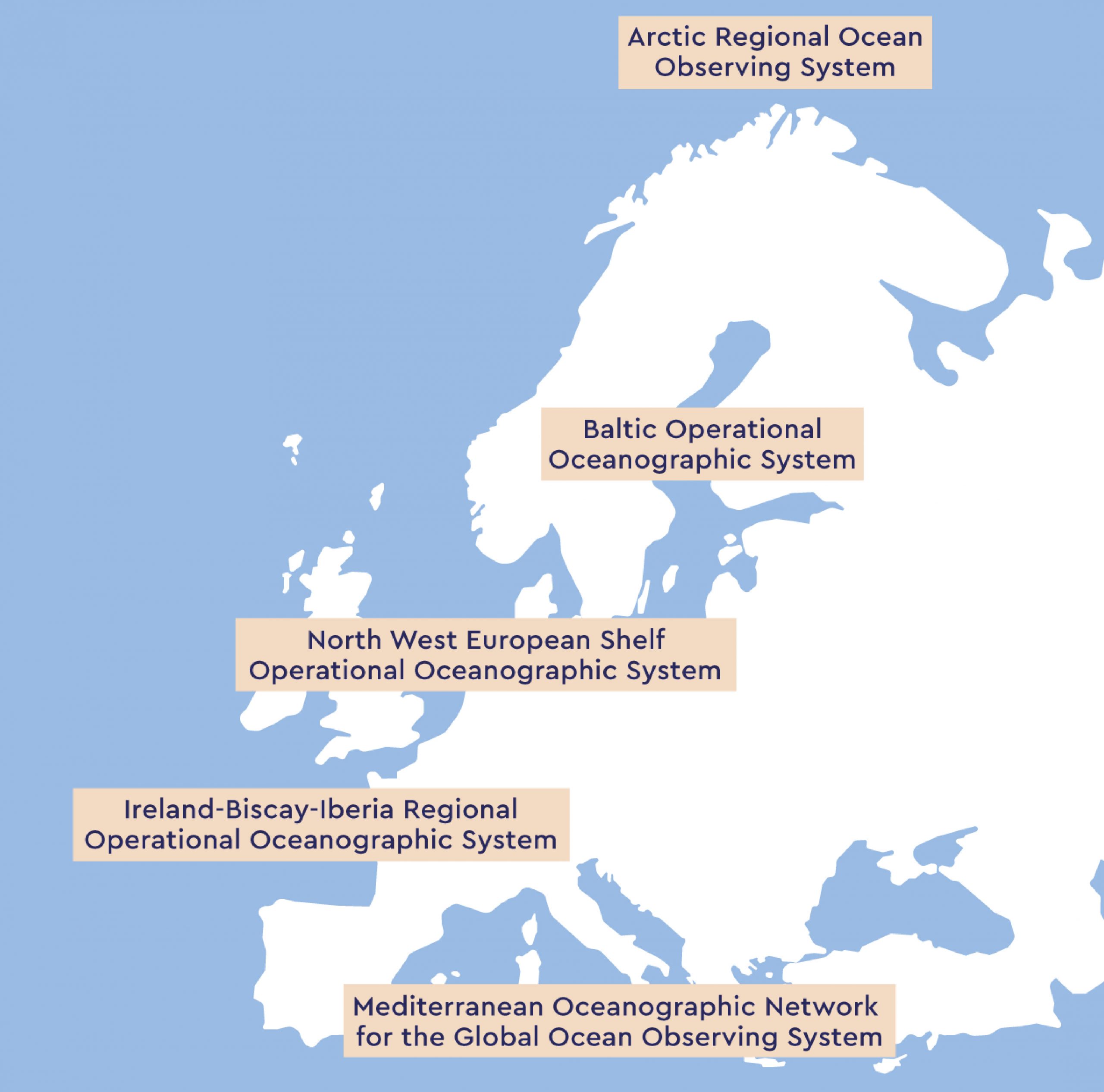
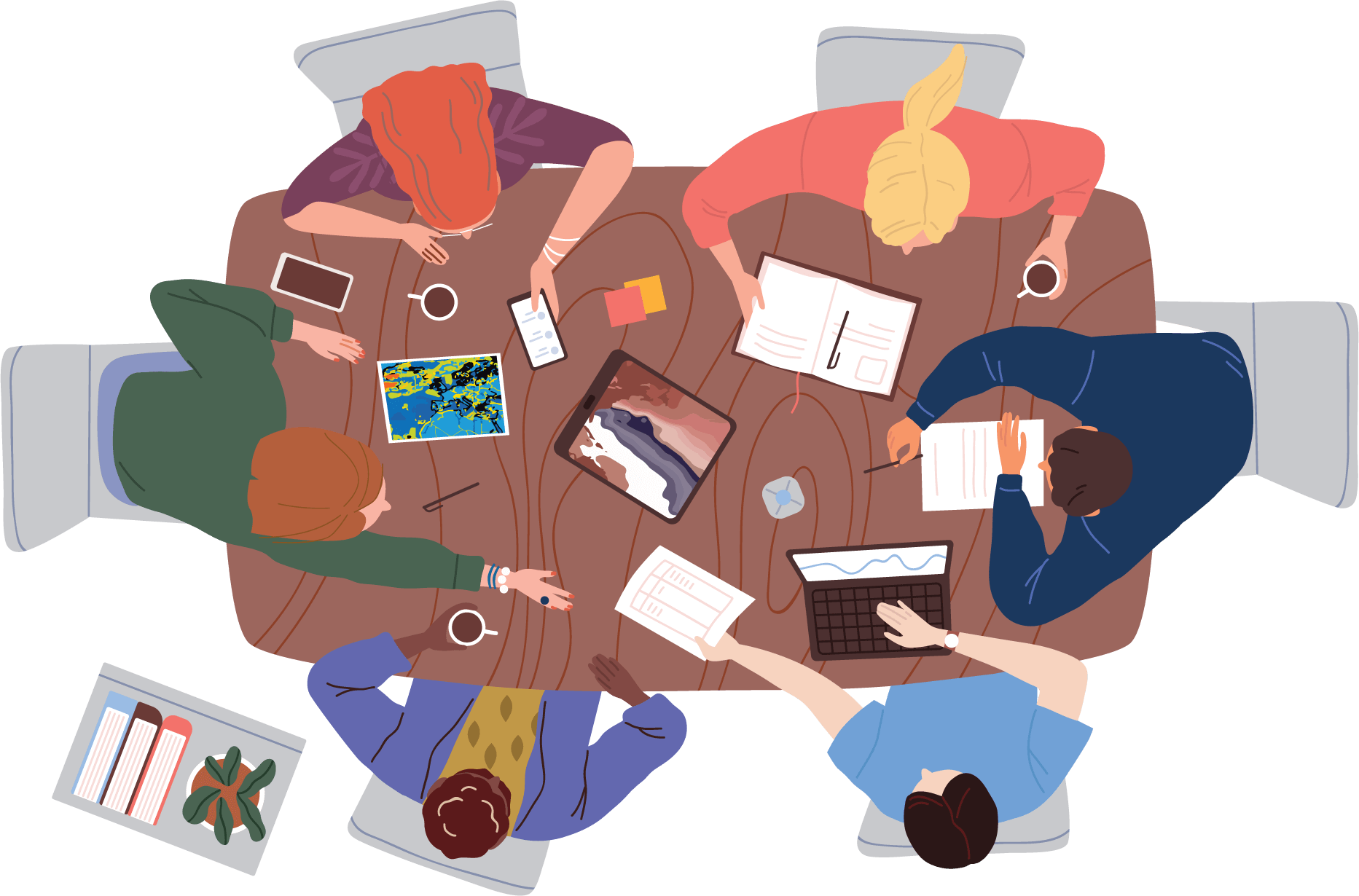
The EuroGOOS Working Groups
Apart from its ROOS organisations, many of EuroGOOS’ operations are facilitated by its Working Groups, bodies which survey and gather information on constituent activities of operational oceanography and provide advice and plans on how best to manage organisational development in these areas.
In its early days EuroGOOS was supported by two working groups, the Scientific Advisory Working Group (SAWG), and the Technology Plan Working Group (TPWG). The primary objectives of the SAWG were the assessment of the performance of existing operational oceanography systems and working towards the incorporation of important biogeochemical and climatic ocean variables which had not been fully integrated into oceanography at that point. The primary objectives of the TPWG included “identifying technology which is fully operational, under development now or needed in the foreseeable future” in relation to the purposes of EuroGOOS. Both of these groups were extremely active in the early days of EuroGOOS and were instrumental in preparing a pathway into successful operation and development for the organisation.
Over time new Working Groups were formed to address various themes:
The Data Management, Exchange, and Quality Working Group (Data MEQ WG) was established in 2006 to develop an overarching concept for data management and consolidation within EuroGOOS.
At one point EuroGOOS established a Coastal Modelling Working Group (COSMO), however this has been superseded by the EuroGOOS Coastal Working Group which seeks to examine the coastal “value chain” in totality.
The first terms of reference for an Ocean Literacy Working Group dedicated to promoting an understanding of the ocean’s importance and pervasive influence on the world were submitted in 2019. This Working Group is reflective of EuroGOOS’ emerging focus on redoubling efforts in communication showcased in recent policy documents.
The establishment of a Biological Observation Working Group (BIOWG) was proposed in 2021 to reinforce biological monitoring in the EuroGOOS. This is consistent with an overall upward trend in operational oceanographic capabilities in biological monitoring from the time EuroGOOS’ inception, a period when observation was primarily rooted in physical and climatic phenomena. Dr. Henning Wehde, EuroGOOS’ current chair, has noted that the organisation will likely continue to develop along these lines in the next few years, furthering the “exchange” and “connection” between physical oceanography and biology.
The EuroGOOS Task Teams
Along with the ROOSes, and its Working Groups, EuroGOOS also maintains a number of operational Task Teams which oversee the technical networks of ocean observation platforms throughout Europe.
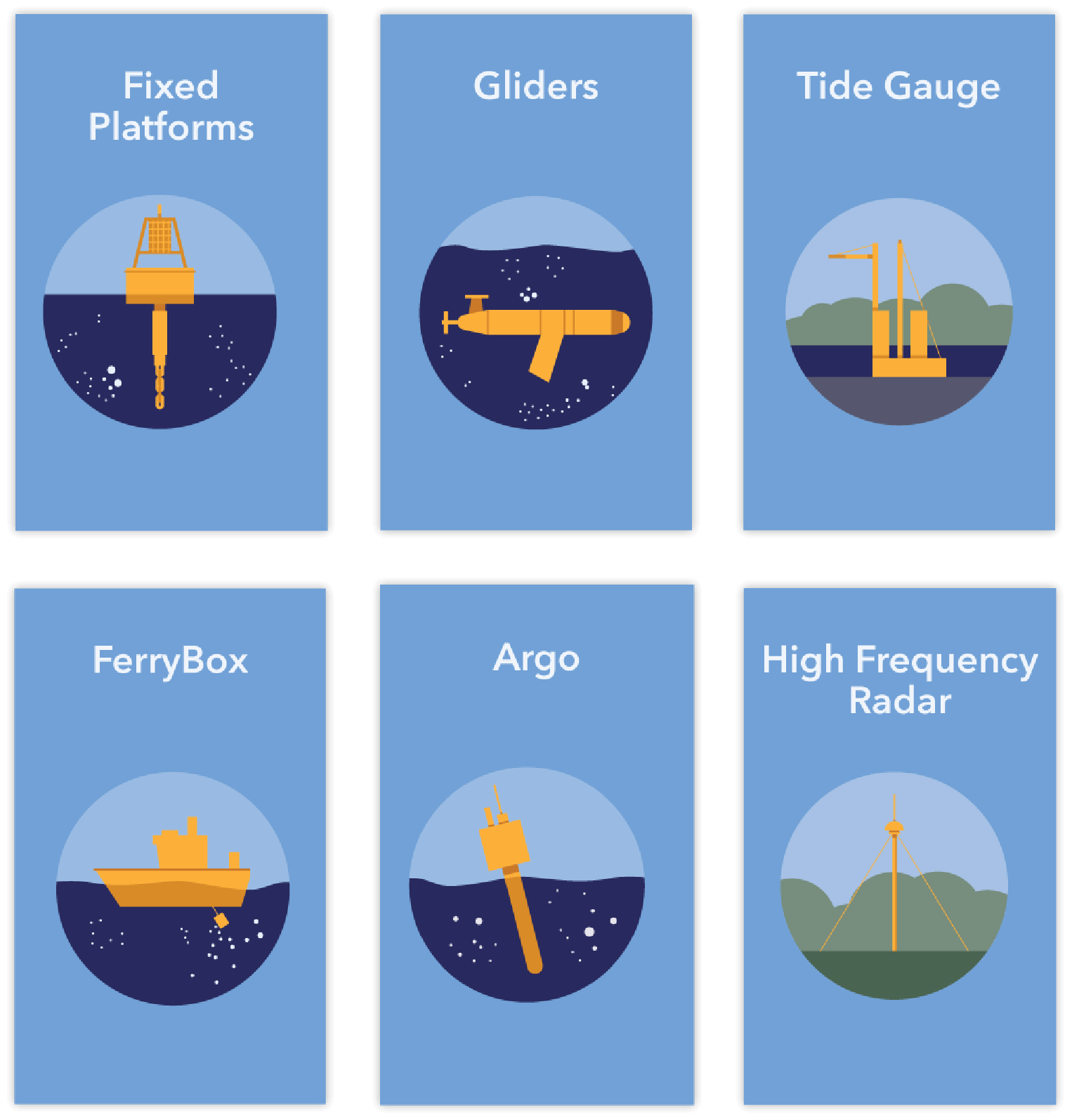

The operational evolution of EuroGOOS
In 2008 EuroGOOS and the European Marine Board (EMB) began to collaborate on defining a European Ocean Observation System (EOOS), solidifying these concepts in a joint vision document. The 2010 EurOcean conference finalised and adopted the Ostend declaration, calling for the introduction of a “truly integrated and sustainably funded” EOOS. The plan was further formalised with the launch of an EOOS Steering Group in 2016.
The EOOS proposes not an additional observation network but rather a framework to coordinate existing ocean observation systems, identifying gaps and opportunities for development, and incorporating stakeholder dialogue. It proposes to serve as a dynamic framework -not unlike the Framework for Ocean Observing produced by UNESCO in 2012- to consolidate and harmonise observational capabilities across the physical, chemical and biological fields of operational oceanography. It is planned that beyond the current strategic phase (2023-2027) EOOS will enter full operation.
EuroGOOS, and other organisations, also became concerned with the idea of what would be called a “marine core service” around 2010. This aligned with the emergent EU Copernicus programme, and the marine core service would emerge from various pilot schemes as the Copernicus Marine Environment Monitoring Service (CMEMS). The thematic assembly components and monitoring and forecasting centres of CMEMS are situated within EuroGOOS’ ROOS areas.
The continued evolution of EuroGOOS
Some structural checks and balances of self-evaluation have also been introduced in recent years with the hope of ensuring that EuroGOOS’ operation is sustained, efficient, and continues to meet its objectives.
While the task teams, working groups, and ROOS organisations are central to achieving the goals of EuroGOOS, it was recognised that the multiplication of these operational organs could lead to an overall fragmentation and dissociation of the interdependent sections of the GRA. To combat this and keep all EuroGOOS’ moving parts in contact and cohesion, an integration workshop has been held on more than one occasion and it is hoped this will become a regular aspect of the organisation’s procedural makeup.
EuroGOOS has also placed renewed emphasis on keeping its operations sustained and efficient. Policies have been introduced which necessitate the examination of project proposals to ensure that taking them on would assist in the implementation of the organisation’s long-term objectives. This allows funded projects to assist in the sustained operation of the organisation rather than diverting resources away from its foci. Formal rules have also been instituted to prevent competition and conflict between the operations of the EuroGOOS members in an attempt to guide the organisation in a cohesive direction. External evaluations have been set in motion to allow an unbiased and holistic assessment of the GRA’s operation.
EuroGOOS as a legal entity
In 2013 EuroGOOS was incorporated as a legal entity, an international non-profit association (association internationale sans but lucrative/AISBL) under Belgian Law with the headquarters relocated to Brussels in January of that year.
Part of the rationale for the incorporation of EuroGOOS as an AISBL was to increase efficiency and to improve representation of its members to the European Commission, and other international bodies, as the deed of incorporation empowers the association to represent its members’ interests to third parties. The establishment as an AISBL also permitted EuroGOOS to make more binding commitments to schemes, programmes, and policies, which had proved difficult as an informal “club,” and in repositioning the organisation in Brussels kept EuroGOOS close to the heart of much of the policy and decision-making which pertains to its operations.
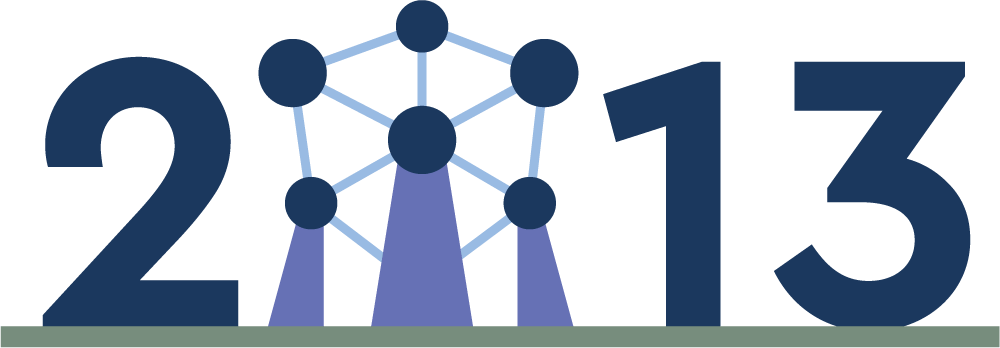
Conclusion
In examining EuroGOOS’ history, one is compelled to reflect on what it means as a whole, what its defining successes and challenges have been. Dr. George Pethikas, former EuroGOOS chair has said:
“If you consider EuroGOOS as a GRA operating in this complex environment, how much it has actually achieved? And you compare it with other GRAs? I think we have to be proud, first of all to be proud. And all of this was bottom up, you know? Nobody forced us, forced the community to get into this. It was a community driven effort. It was pioneering people that started this organisation and had this vision. It’s an extremely good example I think.”
This is a fine summary of what has made EuroGOOS unique, and what has made it successful. It has been challenged like few other GRAs by a number of seas and oceanic sectors with differing climatic and human conditions, but which must be monitored cohesively across international boundaries. It has been faced with the material difficulties of operational oceanography on a national level for small to medium sized countries. However, the oceanographic community that Europe could draw upon, from the initial pioneers of the GOOS idea, and beyond, has managed to band together and capitalise upon all the resources available to it, assembling from the bottom-up a consolidated system to rival centrally funded GRAs of other continents and countries. This community, which can work to identify problems, listen to proposals, and share knowledge, was and will continue to be the GRA’s greatest asset.
.png%3Fv%3D1759850821300&w=3840&q=75)